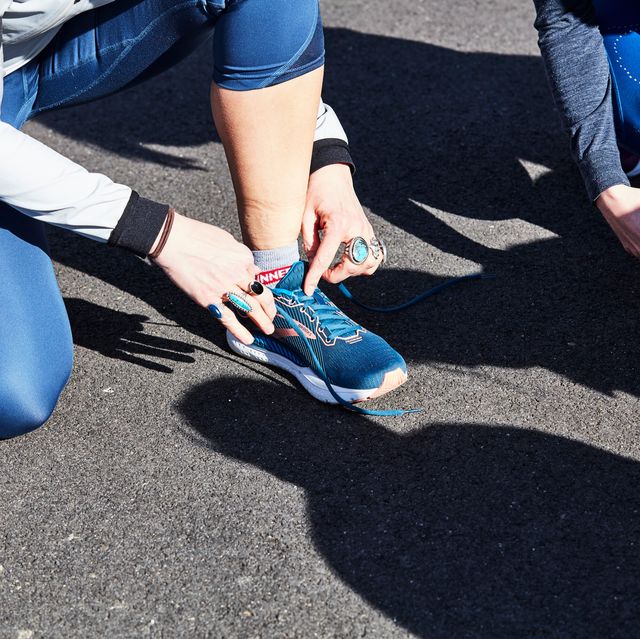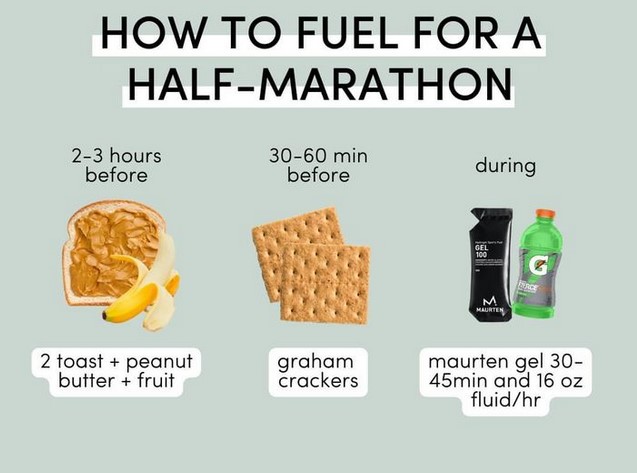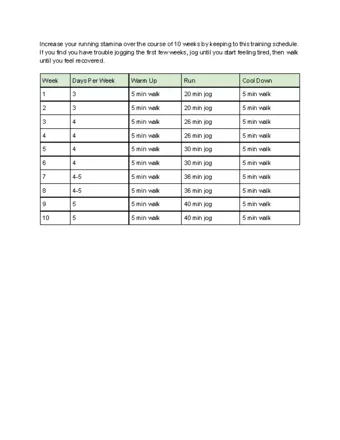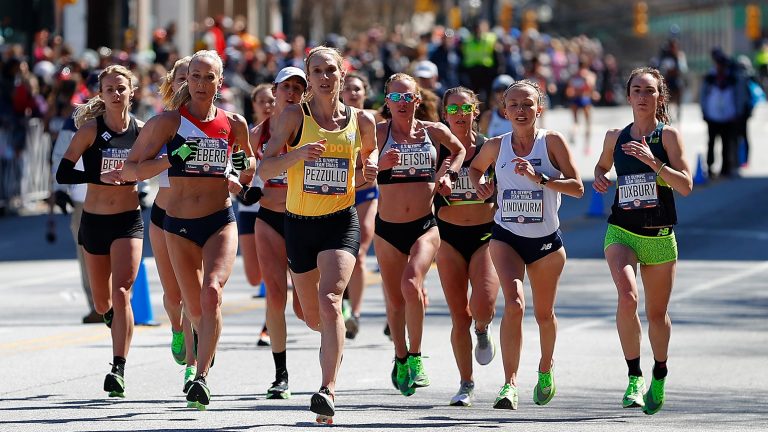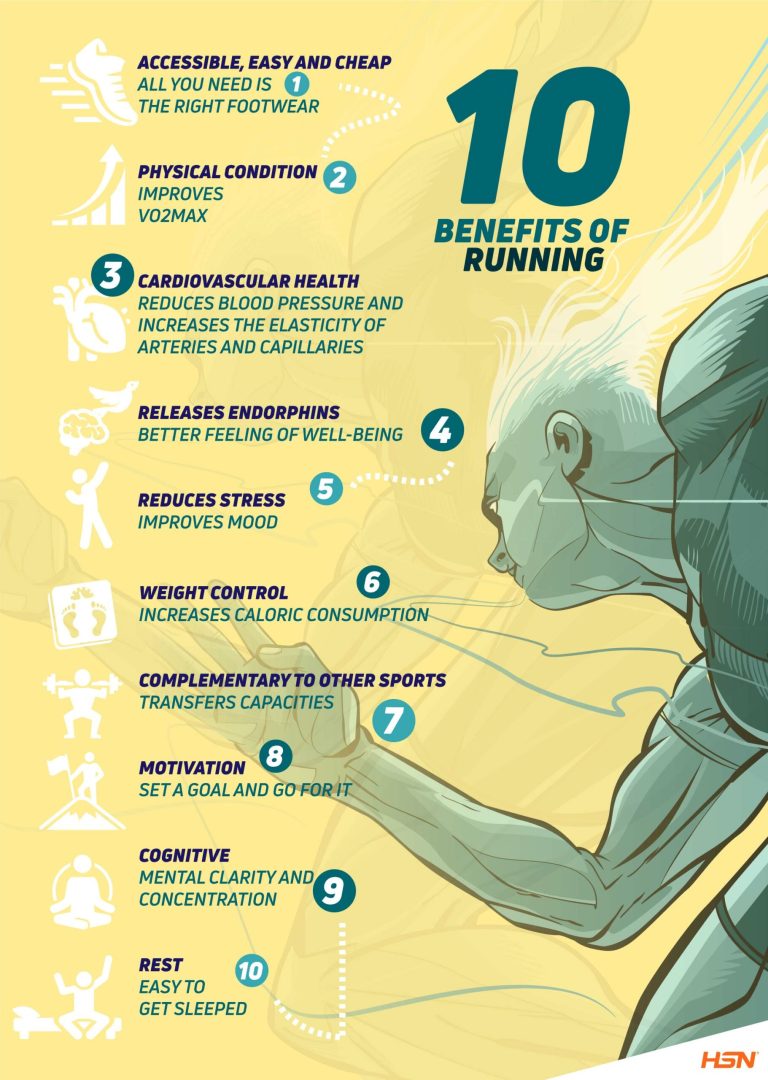What to Know About Running With a Ganglion Cyst
Running with a ganglion cyst can cause pain and discomfort. It’s important to consult a healthcare provider before continuing physical activity.
Ganglion cysts are fluid-filled lumps that often form on the joints of wrists or ankles. Although typically benign, these cysts can rupture during intense exercise, leading to increased pain and potential complications. Understanding how to manage and prevent aggravating the cyst while running is crucial for maintaining overall health and well-being.
By taking proper precautions and seeking medical advice, individuals can continue their running routine safely and effectively. Let’s explore the essential information to know about managing a ganglion cyst while engaging in running activities.

Credit: www.runnersworld.com
What Is A Ganglion Cyst
A ganglion cyst, also known as a Bible cyst or a bible bump, is a noncancerous lump that often develops along the tendons or joints of wrists or hands. These cysts are filled with a jelly-like fluid and can vary in size. They are generally harmless but can cause discomfort or pain when they press on a nerve or interfere with joint movement.
Causes Of Ganglion Cysts
Ganglion cysts can develop when the tissue that surrounds a joint or tendon bulges out of place, forming a sac. The exact cause of this bulging is unknown, but it is thought to be related to irritation or a minor injury to the joint or tendon. Some theories suggest that repetitive micro-trauma or joint or tendon degeneration may contribute to the development of ganglion cysts.
Symptoms Of Ganglion Cysts
The most common symptom of a ganglion cyst is a visible lump on the wrist or hand, although they can also occur in other areas of the body. The lump may change in size and may be accompanied by tenderness or discomfort. If a cyst puts pressure on a nearby nerve, it can cause numbness, tingling, or muscle weakness in the affected area.
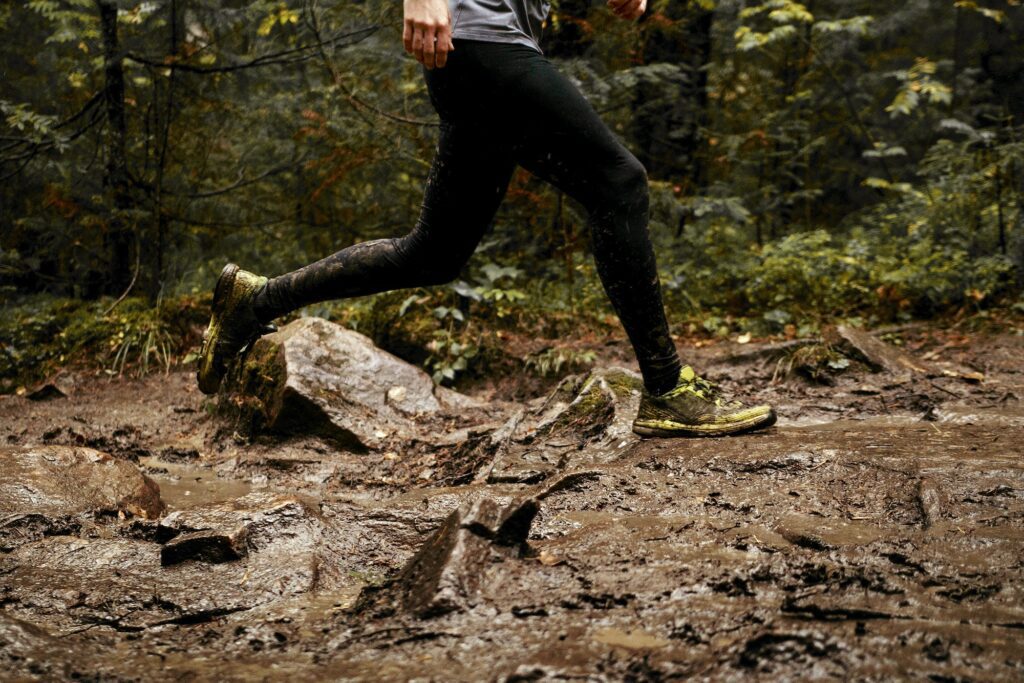
Credit: balancehealth.com
Risks And Precautions
Running with a ganglion cyst can pose risks and necessitate taking certain precautions to prevent exacerbating the condition. Below, we will outline the potential risks of engaging in running with a ganglion cyst and the necessary precautions to consider before hitting the track.
Potential Risks Of Running With A Ganglion Cyst
- Increased pressure and friction on the cyst can lead to increased pain and swelling.
- Aggravating the cyst may potentially cause it to grow in size or become more painful.
- Rupturing the cyst during strenuous activity can result in inflammation and discomfort.
Precautions To Take Before Running
- Consult with a healthcare professional to assess the severity of the cyst before engaging in running activities.
- Wear proper footwear with adequate cushioning to minimize impact on the affected area.
- Consider temporary modifications to your running routine, such as reducing intensity or opting for low-impact exercises.
- Apply ice to the cyst before and after running to help reduce pain and inflammation.
- Listen to your body and stop running if you experience any worsening symptoms or discomfort.
Running With A Ganglion Cyst: Dos And Don’ts
A ganglion cyst can be a hindrance for runners, but with the right knowledge and precautions, it is possible to continue running while managing the condition effectively. Knowing the dos and don’ts when it comes to running with a ganglion cyst is essential for both your well-being and enjoyment of the sport. Here are some recommended practices and activities to avoid:
Recommended Practices
- Consult a healthcare professional: Before continuing your running routine, seek advice from a medical expert.
- Listen to your body: Pay attention to any discomfort or pain during running and adjust your activity accordingly.
- Wear supportive footwear: Opt for shoes that provide adequate cushioning and support to reduce strain on the affected area.
- Consider low-impact activities: Incorporate alternative exercises like swimming or cycling to reduce impact on the cyst.
- Apply ice post-run: To alleviate any swelling or inflammation, use ice therapy after your running session.
Activities To Avoid
- High-impact exercises: Avoid activities that put excessive strain on the affected area, such as sprinting or jumping.
- Tight-fitting clothing: Opt for loose, breathable clothing to minimize pressure on the ganglion cyst.
- Ignoring pain signals: If you experience persistent pain or worsening symptoms, refrain from running and seek medical attention.
- Excessive wrist movements: Be mindful of repetitive motions that may aggravate the cyst, especially during running.
Managing And Treating Ganglion Cysts
Running with a ganglion cyst requires proper management and treatment. Understanding the implications and seeking appropriate medical attention is crucial for runners.
Managing and Treating Ganglion Cysts Self-Care and Home Remedies When dealing with a ganglion cyst, there are simple self-care measures and home remedies that can help alleviate discomfort. These may include gentle massage, warm compresses, and over-the-counter pain relievers to manage pain and inflammation. Moreover, wearing a wrist brace or splint can help limit movement and reduce pressure on the cyst, promoting healing. Medical Intervention and Treatment Options When self-care measures don’t bring relief, medical intervention may be necessary. Aspiration, a procedure where a needle is used to drain fluid from the cyst, can be performed in a doctor’s office. In some cases, a corticosteroid injection into the cyst may help reduce inflammation and alleviate symptoms. Surgery is considered when the cyst causes persistent pain, limits function, or if it recurs after aspiration. In conclusion, understanding the different options for managing and treating ganglion cysts is important for finding relief and preventing further discomfort. Whether through self-care measures or medical intervention, individuals can take proactive steps to address the symptoms and regain comfort in their daily lives.When To Seek Medical Attention
If you’re dealing with a ganglion cyst, it’s important to know when to seek medical attention. While some ganglion cysts may disappear on their own or cause only mild discomfort, others could require professional intervention. By understanding the signs that require a doctor’s evaluation and the potential complications of untreated ganglion cysts, you can make an informed decision about seeking medical attention.
Signs That Require A Doctor’s Evaluation
If you experience any of the following signs, it’s crucial to seek a doctor’s evaluation:
- Persistent Pain: If the cyst is causing persistent pain that interferes with your daily activities, it’s essential to consult a medical professional.
- Increasing Size: If the cyst is growing larger over time or appears to be progressively enlarging, it could indicate an underlying issue that needs medical attention.
- Changes in Sensation: If you notice any changes in sensation, such as numbness or tingling, around the cyst or affected area, it should be evaluated by a doctor.
- Restricted Movement: If the cyst is restricting your range of motion and causing difficulties in performing regular activities, consulting a medical professional is advisable.
- Redness or Swelling: If the cyst becomes red, swollen, warm to the touch, or shows signs of infection, immediate medical attention is necessary.
Potential Complications Of Untreated Ganglion Cysts
While ganglion cysts are usually harmless, leaving them untreated can lead to potential complications:
- Persistent Pain and Discomfort: Ignoring the cyst could result in ongoing pain and discomfort, hindering your ability to carry out daily activities without difficulty.
- Nerve Compression: If the cyst grows in size, it may press against nearby nerves, causing pain and numbness in adjacent areas.
- Joint Damage: In rare cases, untreated ganglion cysts can cause damage to the nearby joint, resulting in limited mobility and functional impairment.
Remember, every ganglion cyst is unique, and while some may resolve without intervention, others pose the risk of complications. It’s always better to consult a medical professional to receive a proper diagnosis and appropriate treatment if necessary. While waiting for medical attention, it’s advisable to avoid activities that aggravate the cyst and apply ice packs to alleviate any discomfort.

Credit: www.advancedfootdocs.com
Frequently Asked Questions For What To Know About Running With A Ganglion Cyst
Can Running Worsen A Ganglion Cyst?
Running is low-impact and generally shouldn’t worsen a ganglion cyst. Listen to your body for any discomfort.
How Can I Relieve Pain While Running With A Ganglion Cyst?
Wearing supportive shoes and using gel pads can help alleviate pain, making running more manageable.
When Should I Consider Seeking Medical Treatment For A Ganglion Cyst?
If your ganglion cyst causes severe pain, limits mobility, or grows larger, it’s wise to consult a healthcare professional.
Conclusion
In sum, running with a ganglion cyst can be managed with proper care and awareness. Understanding the symptoms, seeking professional advice, and adopting protective measures can help you continue your running routine. By prioritizing your health and making informed decisions, you can mitigate the impact of the cyst and stay active.

